Imagine a world where agriculture was practiced long before the first human ever tilled the soil. This world exists right beneath our feet, orchestrated by one of nature’s most industrious creatures – the leafcutter ant. These tiny architects of the underground have mastered the art of farming, cultivating their own food supply in a way that rivals human agricultural practices. Prepare to be surprised as we delve into the fascinating world of leafcutter ants and their subterranean fungal farms.
The Marvel of Leafcutter Ants
Leafcutter ants are nothing short of extraordinary. Found predominantly in the lush rainforests of Central and South America, these ants are renowned for their ability to carry pieces of leaves that are many times their own weight. Observing them in action is like witnessing a well-coordinated ballet, where each ant knows its role in the grand performance. But why do they cut leaves? The answer lies in their underground farms, where these leaves serve as the primary ingredient for cultivating a special fungus, their main food source.
Underground Cities: A Closer Look
Beneath the surface, leafcutter ants construct intricate underground cities that house their fungal farms. These subterranean networks can stretch for hundreds of feet and consist of numerous chambers interconnected by tunnels. Each chamber serves a specific function, from nurseries for the young ants to storage rooms for leaves. The level of organization within these colonies is astounding, showcasing a level of social complexity that rivals even the most advanced human societies.
The Symbiotic Relationship
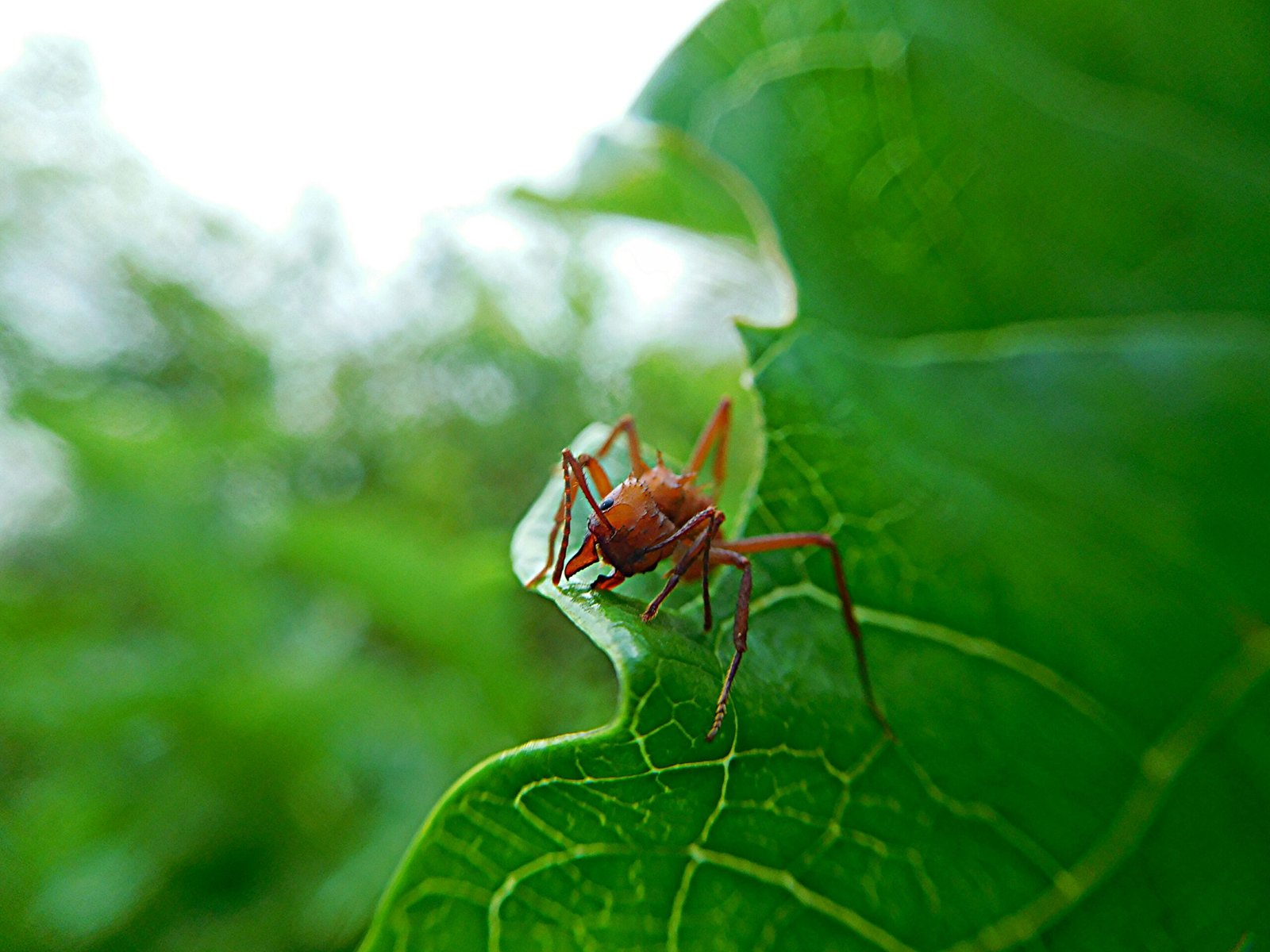
The relationship between leafcutter ants and their cultivated fungus is a prime example of symbiosis. The ants diligently cut and transport leaves to their nests, where they are chewed into a pulp and used to nourish the fungus. In return, the fungus provides the ants with essential nutrients. This mutualistic relationship has evolved over millions of years, with both the ants and the fungus becoming dependent on each other for survival. It’s a partnership that highlights the intricate balance of nature.
Fungal Farming Techniques
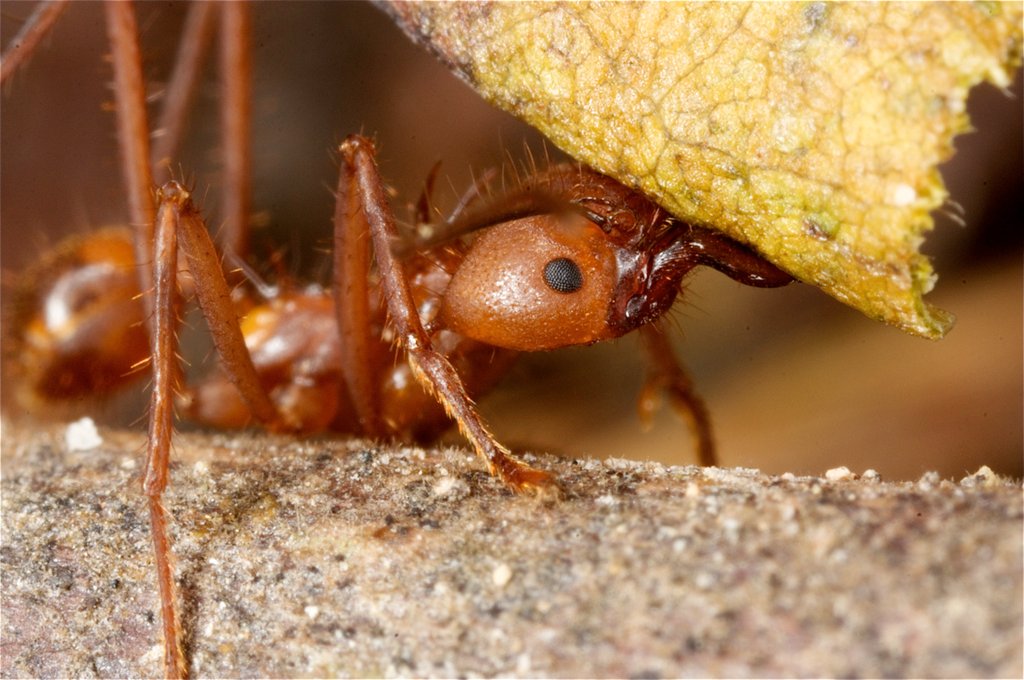
Leafcutter ants are meticulous farmers. They tend to their fungal gardens with precision, ensuring the optimal conditions for growth. This includes maintaining the right temperature and humidity levels within their nests. The ants also remove any mold or pests that threaten their crops, showcasing an understanding of pest control that predates human agricultural techniques. Their farming methods are a testament to the sophistication of their ecological role.
Communication and Coordination
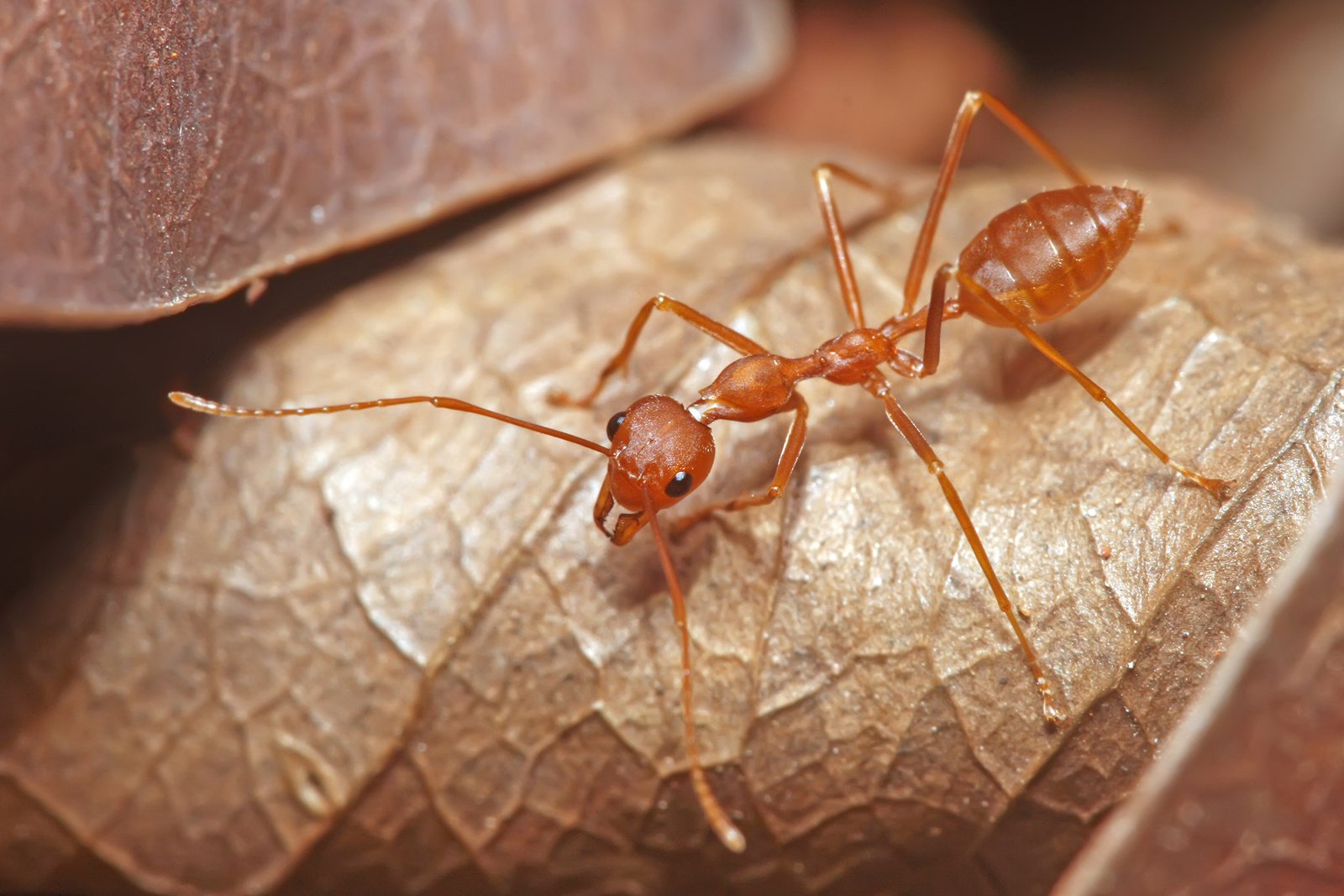
The success of leafcutter ant colonies relies heavily on communication and coordination. These ants use chemical signals, known as pheromones, to communicate with one another. Pheromones help guide foraging ants to and from food sources and coordinate activities within the nest. This complex system of communication ensures that the colony functions efficiently, with each ant playing a specific role in the collective effort to sustain the fungal farms.
Impact on Ecosystems
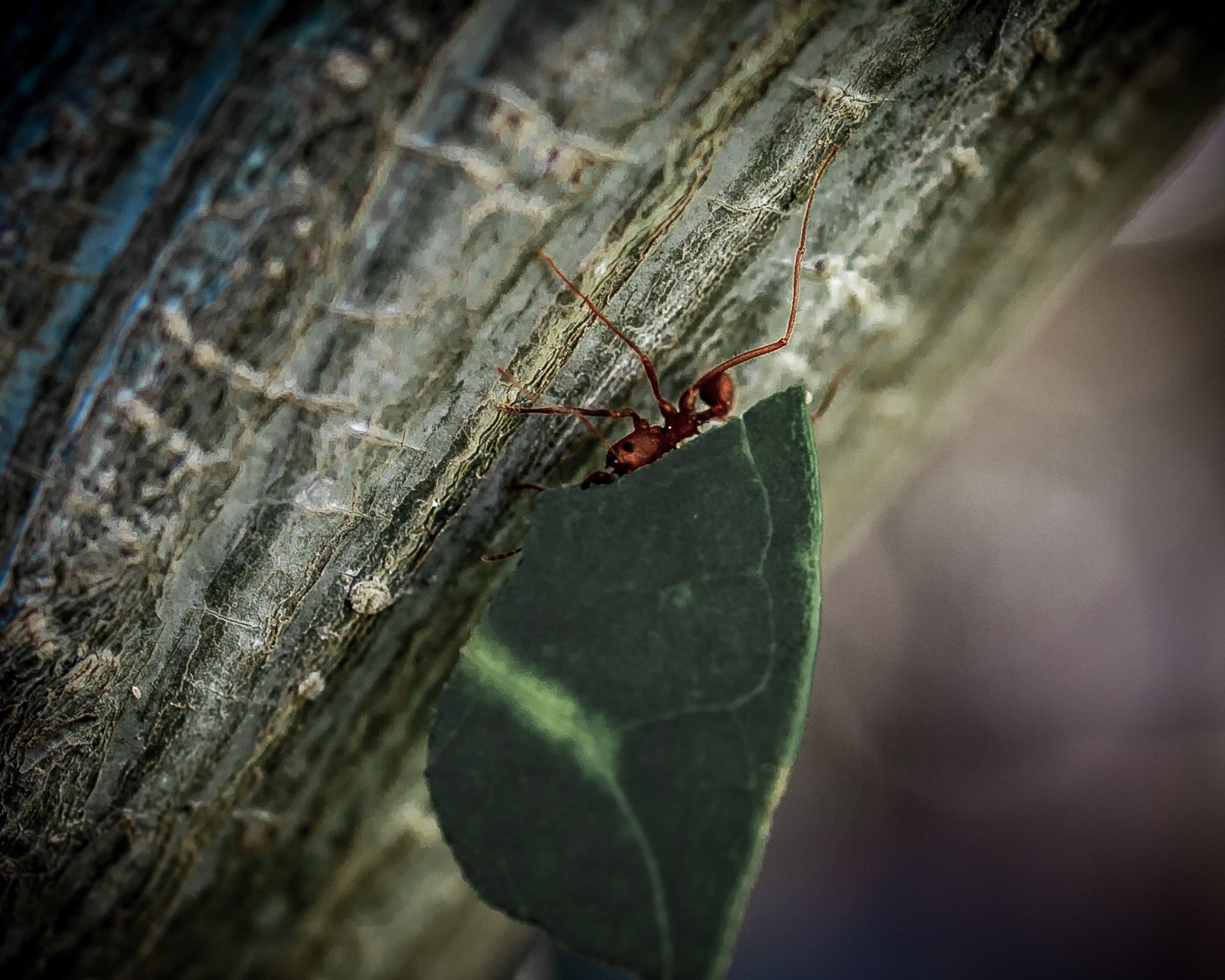
Leafcutter ants play a vital role in the ecosystems they inhabit. By harvesting leaves, they influence plant growth and contribute to nutrient cycling within the soil. Their foraging activities also create pathways in the forest floor, which can benefit other species by providing access to resources. While their impact is generally positive, leafcutter ants can sometimes become agricultural pests, especially when they target crops cultivated by humans.
Evolutionary Insights
The evolutionary journey of leafcutter ants provides valuable insights into the development of complex societies. These ants have evolved over millions of years, adapting to changes in their environment and perfecting their agricultural techniques. Studying them can offer clues about the evolution of cooperation, division of labor, and the development of social structures in other species, including humans.
Challenges and Threats
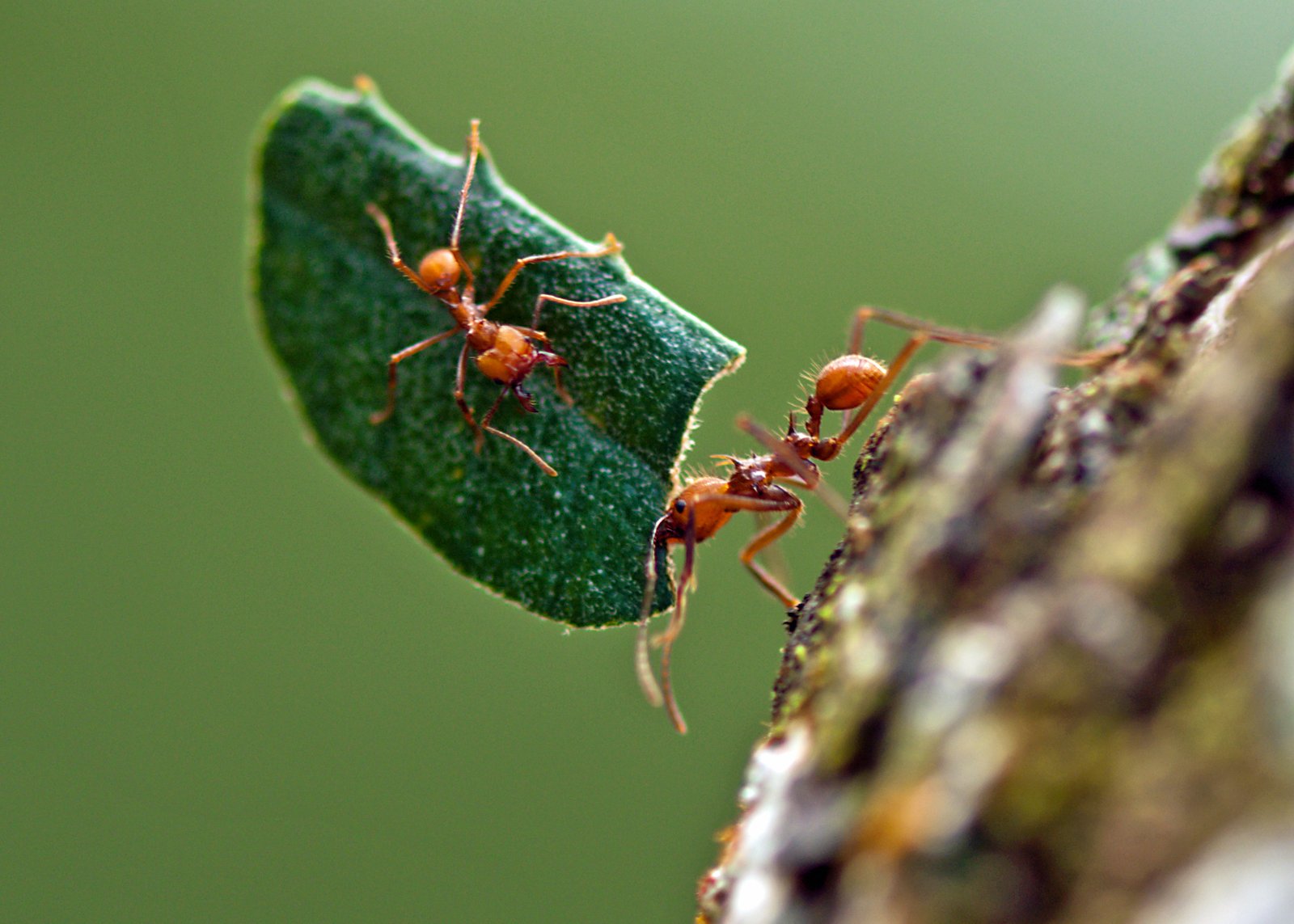
Despite their resilience, leafcutter ants face numerous challenges. Habitat destruction due to deforestation and human encroachment poses a significant threat to their survival. Climate change also affects their delicate ecosystems, potentially disrupting the balance needed for their fungal farms to thrive. Conservation efforts are crucial to preserving these remarkable creatures and the unique ecological roles they play.
Lessons from Nature
Leafcutter ants teach us valuable lessons about sustainability and cooperation. Their ability to cultivate food in harmony with their environment serves as a model for sustainable agriculture. By observing these ants, we can glean insights into efficient resource management and the importance of working together for the greater good. It’s a reminder that even the smallest creatures can hold profound wisdom.
Reflecting on the Ants’ Legacy
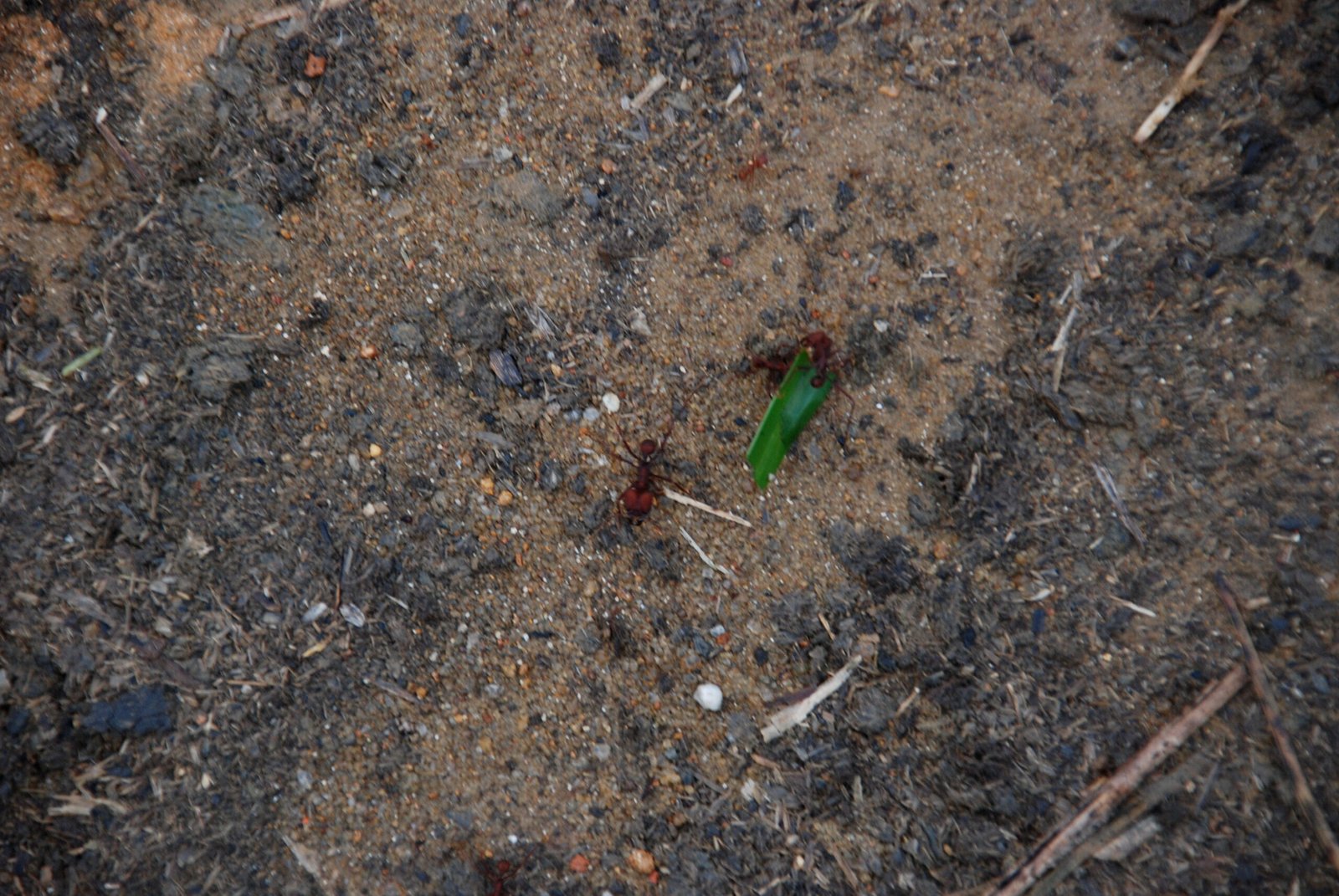
As we conclude our journey into the world of leafcutter ants, it’s clear that these tiny creatures have much to teach us about the art of agriculture. Their underground fungal farms are a testament to the ingenuity and resilience of nature. In a world where human activities often disrupt ecological balance, the story of leafcutter ants reminds us of the beauty and complexity of the natural world. So, next time you see a trail of ants carrying leaves, take a moment to marvel at their ancient agricultural prowess. Who would have thought that such small creatures could hold the secrets to sustainable living?



